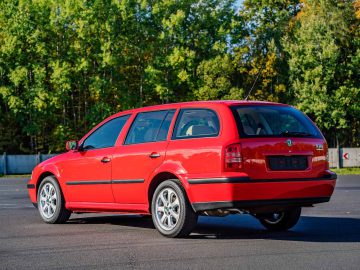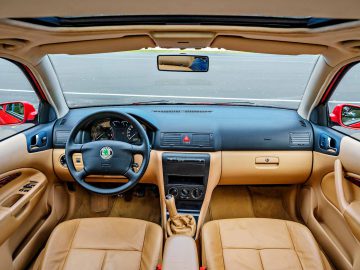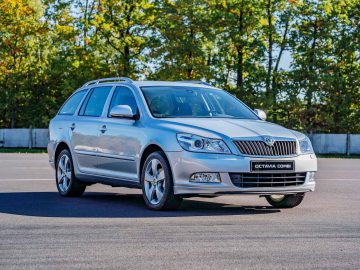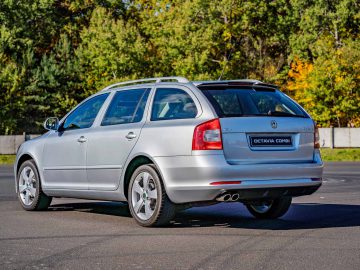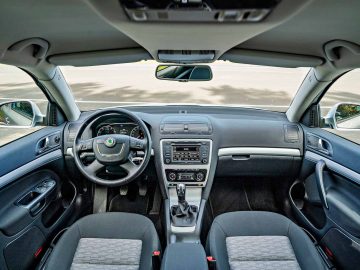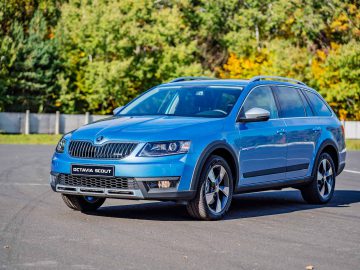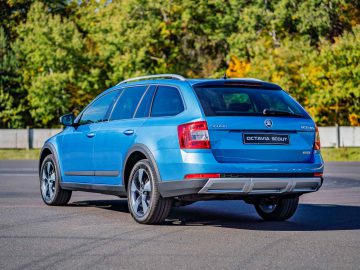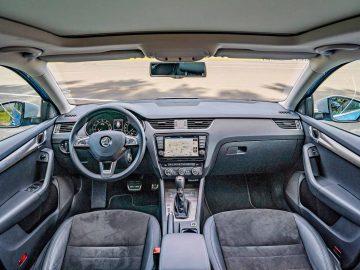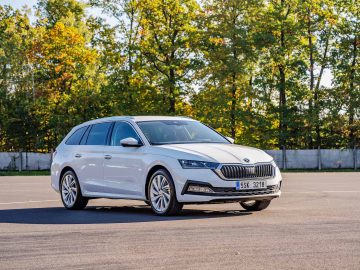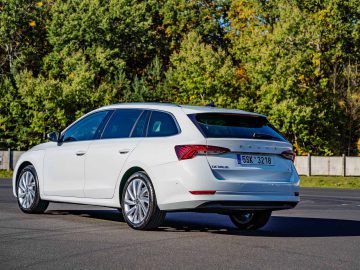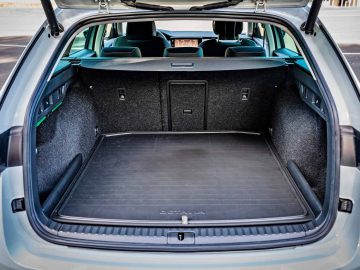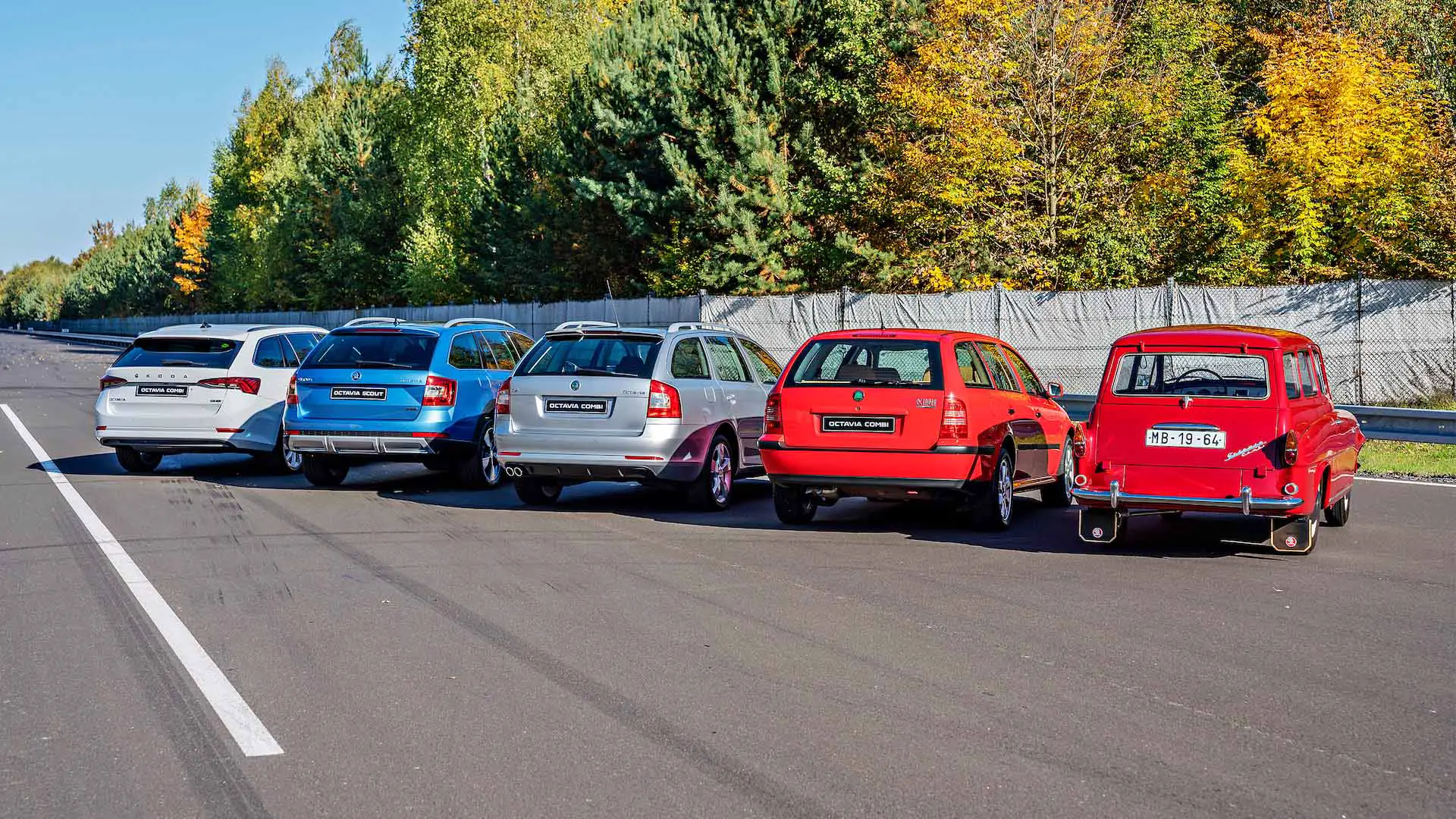Skoda Octavia history: from then to now!
Skoda Octavia history: a million-dollar hit
For 25 years, the Skoda Octavia has been iconic in daily traffic. Over the past 25 years, the Octavia series grew to become Skoda’s bestseller, with more than 7.1 million units spread over four generations (1996, 2004, 2012 and 2020) rolling out of the factory, including 2.8 million Combi’s (sales figures from 1998 to 2022).

Skoda Spartak
Still, the Octavia was originally born as a modernized version of the popular Skoda Spartak, with production starting in 1959. The Octavia was very similar to its predecessor, with hardly any changes to the body except for a few minor details like the grille and taillights. However, most of the novelties were hidden under the appearance of the car: it received a new dashboard and a front axle with coil springs, while the rear axle kept its leaf springs. Superior handling for the time was due to the independent suspension all around.
Extended Combi version
This was followed in 1960 by the extended Combi version, which quickly became hugely popular both at home and abroad. The station wagon distinguished itself with a spacious interior and a flat-bottomed luggage compartment ranging in capacity from 690 to 1,050 liters.
Skoda 1000 MB
Although the Tudor version remained in production only until 1964 – to be replaced by the iconic Skoda 1000 MB – the Combi remained on the market until 1971. Despite several prototypes that never reached the production stage, it didn’t get a worthy successor … until the modern version of the Octavia Combi marked a successful sequel in the 1990s. It had its world premiere 25 years ago, on March 3, 1998, at the Geneva Motor Show. Time for a review of a quarter century and four generations of Skoda Octavia Combi. Time for Skoda Octavia history.
First-generation Skoda Octavia
Skoda’s new station wagon was designed by Dirk van Braeckel with help from Luc Donckerwolke, who also drew for Lamborghini’s design. This first modern Octavia Combi debuted in 1998, two years after the hatchback version. The Combi received a 20-liter larger luggage compartment (548 liters); the exterior dimensions remained the same as the hatchback, only the height increased by 19 mm to 1,448 mm.
A facelift in September 2000 gave the Octavia Combi a new front end, with rounder shapes for the headlights and bumper, including clear glass for the light units. Engineers also reinforced the B-pillars and engine bay, and a modified rear axle raised the car a bit higher. More than 470,000 units of this first modern Octavia Combi left the production line. Production of this generation ended in November 2010.
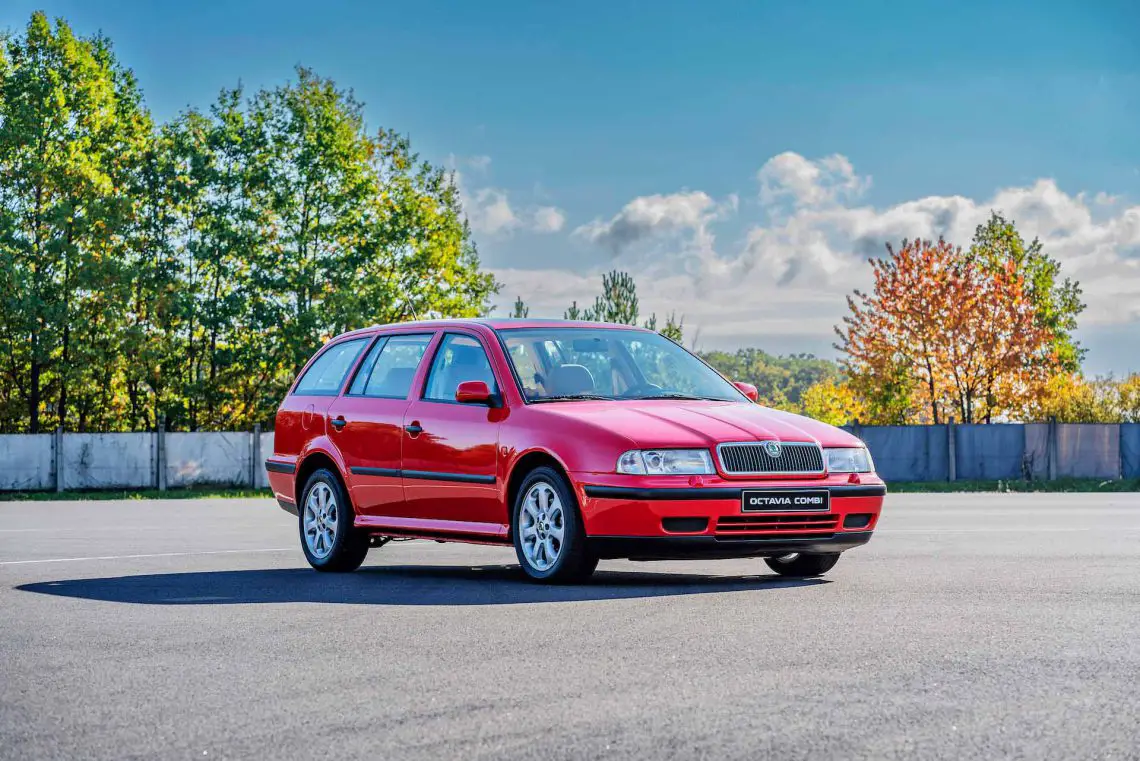
Second-generation Skoda Octavia
The Octavia ‘mark II’ was unveiled in 2004, also at the Geneva Motor Show. Compared to its predecessor, it received different engines, more modern technology and a more robust appearance. The large grille became trapezoidal, while the front bumper now blended more seamlessly into the bodywork. Turn signal indicators were added to the exterior mirrors and the B-pillars again grew a bit in size. That same year, the new Octavia Combi also arrived, with 580 liters of luggage space (1,620 liters with the rear seats folded down). A four-wheel-drive version – the Octavia Combi 4×4 – and the sporty Octavia RS, which was available in both body styles, also followed. In 2007, Skoda also introduced the Octavia Combi Scout, equipped with hefty plastic bumper sections, side skirts, sill wideners and bottom protection. In total, Skoda built nearly 900,000 Combi’s of this generation.
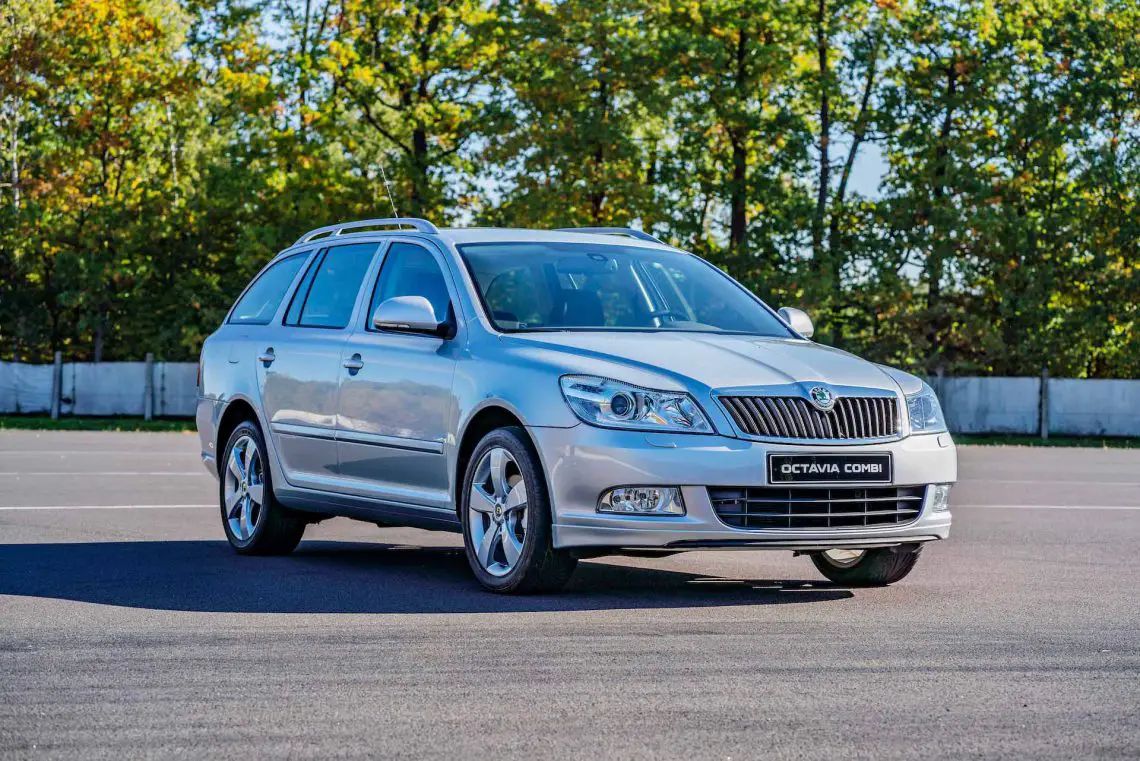
Third-generation Skoda Octavia
The third generation of the Octavia and Octavia Combi was presented to the world on December 11, 2012, from the Skoda Museum in Mladá Boleslav. Production started six days later. Jozef Kabaň drew the design with its timeless, angular shapes. The car was built on the new MQB A platform. The luggage space measured 590 liters for the hatchback and 610 liters for the Combi.
Renewed looks
In January 2017, the Czech carmaker unveiled the updated looks of this generation in Vienna. The main highlights were the dual headlight units, possibly with LED technology. Another innovation was the predictive pedestrian protection system. The rear wheels were set slightly further apart. This not only changed the look of the car, but also improved the handling.
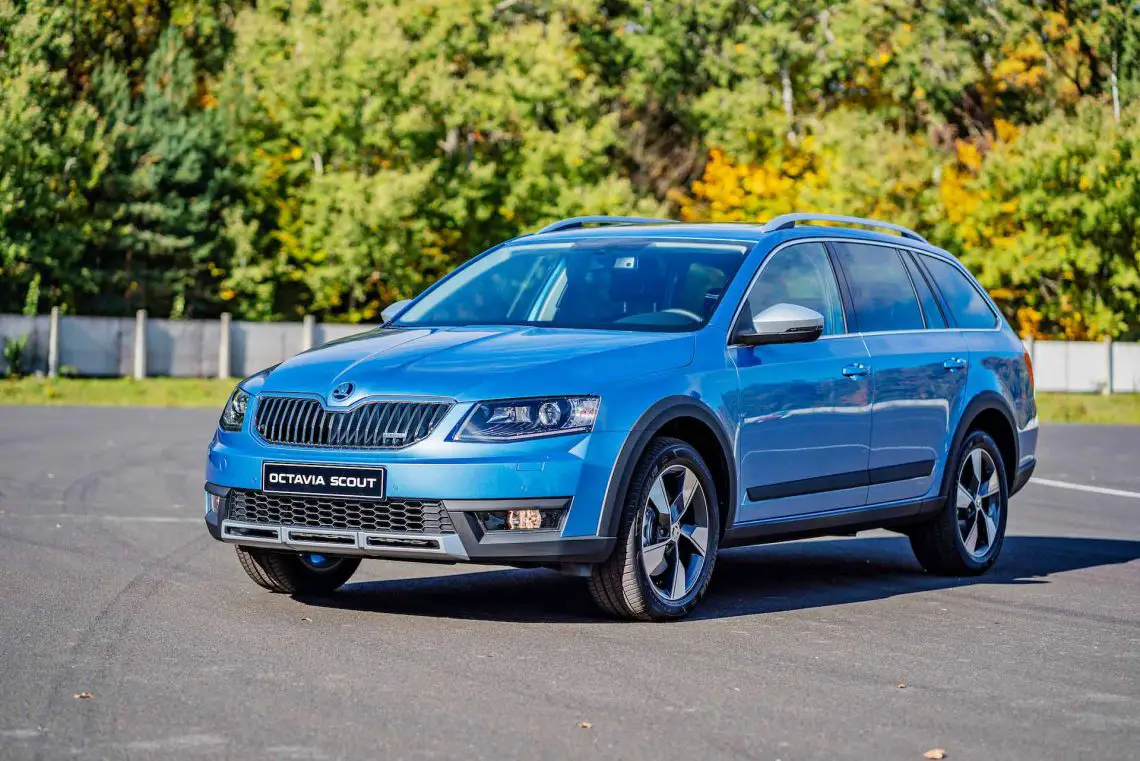
Fourth-generation Skoda Octavia
The current-generation Octavia Combi debuted in November 2019. What was special this time was that the Combi version was presented first, before the hatchback. This fourth-generation Octavia Combi is on the updated MQB platform, easily adaptable with electrification in mind. Therefore, for the first time, the Octavia Combi IV is also available as a mild-hybrid and a plug-in hybrid. The interior is also completely contemporary, with no previous emphasis on digitization. Jozef Kabaň initiated the design. His successor – Skoda’s current Head of Design Oliver Stefani – completed the design.
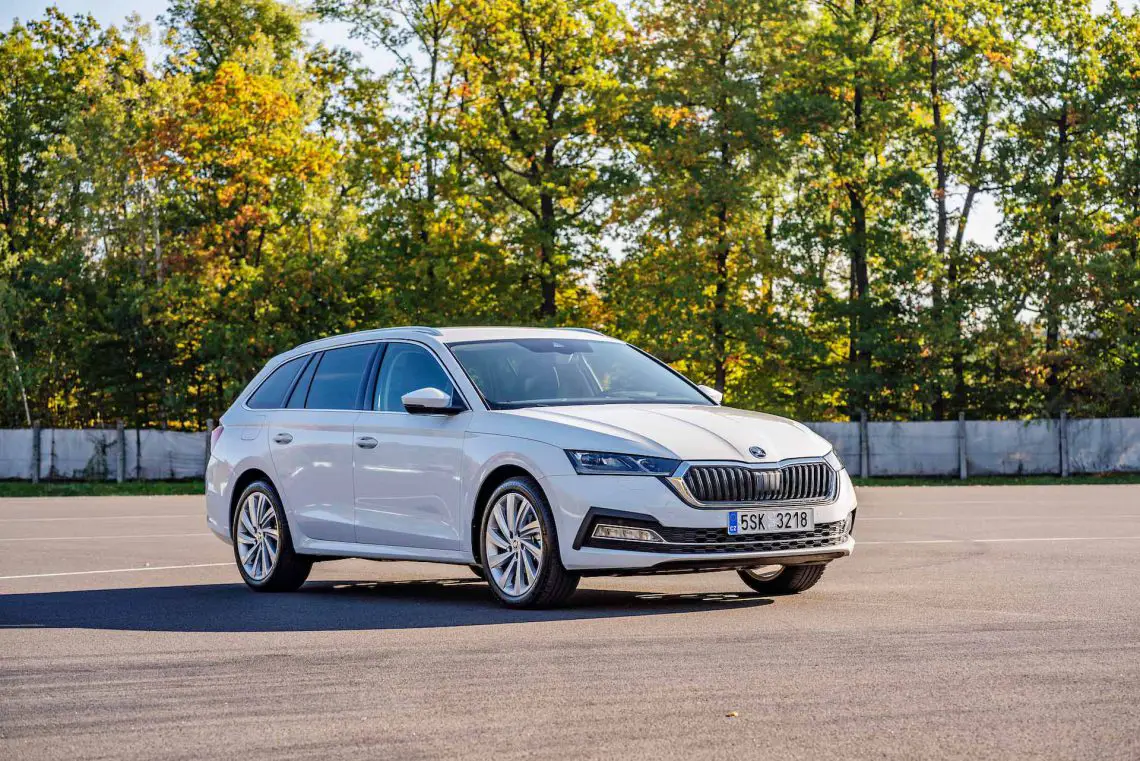
Future Skoda Octavia
So much for a brief summary of Skoda Octavia history. What the future holds for the Octavia? In any case, much more electrification. You can already see that with the fourth-generation Octavia. Under the name iV, the brand already supplies several plug-in hybrids. Skoda is expected to increase the pace of electrification even further in the near future. So perhaps in the future we will be introduced to a 100 percent electric Skoda Octavia. We will see.

